
Step 1: Select & Buy Beets
After your baby has tried a variety of green and yellow veggies, and she's at least 8-months-old, add beets to the mix. Look for small, blemish-free beets with greens that look fresh, not wilted. Peak season for beets is June through October; however, beets are available year-round. One small beet yields about three ounces of puree. (Note: Some pediatricians recommend that you feed your baby commercially produced beet puree instead of fresh, due to high levels of nitrates; consult your doctor for advice.)
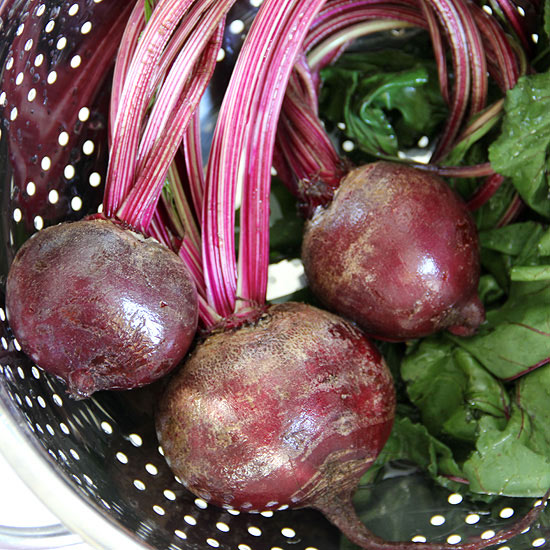
Step 2: Wash and Prep the Beets
Rinse the beets in cold water, remove greens, and peel with a veggie peeler. Dice into small pieces.
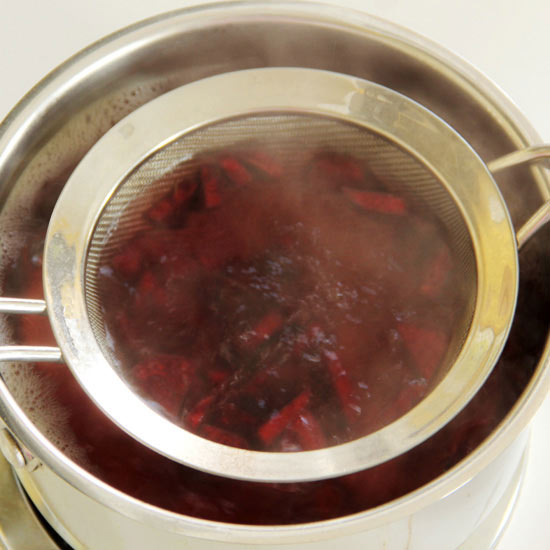
Step 3: Cook the Beets
Bring water to a boil in a medium saucepan. Reduce heat (until bubbles are soft) and cook beets until tender (about 10 to 15 minutes). Drain beets and rinse with cold water for three minutes to stop the cooking process.
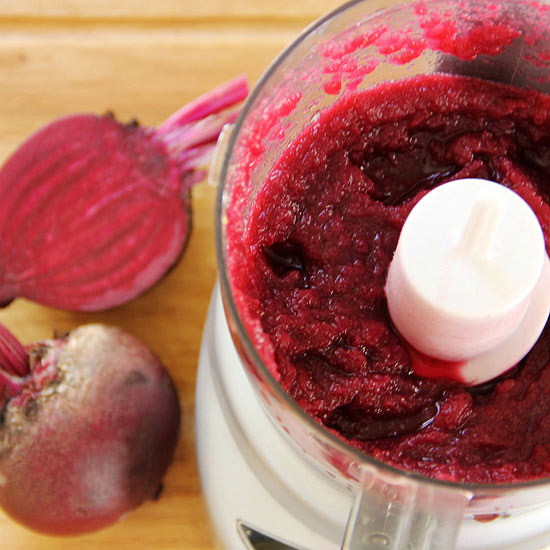
Step 4: Puree the Beets
Puree cooked beets in a food processor or blender until smooth. Add water as needed to reach desired consistency. Once baby is ready for finger foods, typically around 10 months, you can serve her beets that have been cooked until soft and are cut into tiny pieces.
Step 5: Serve Beet Puree
Beets are delicious alone or mixed with a variety of other veggies, fruits, and meats. Try mixing beet puree with:
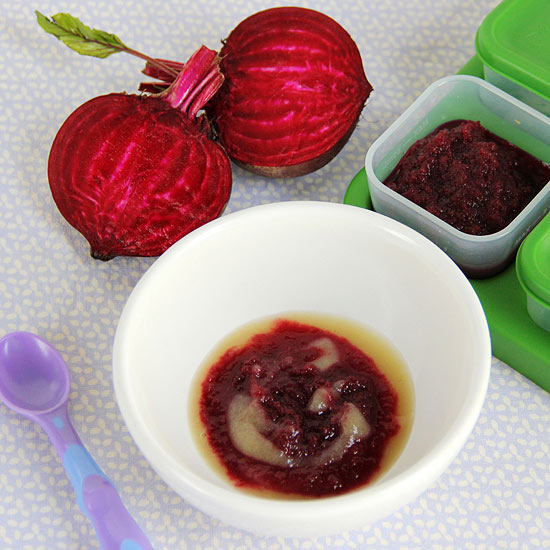
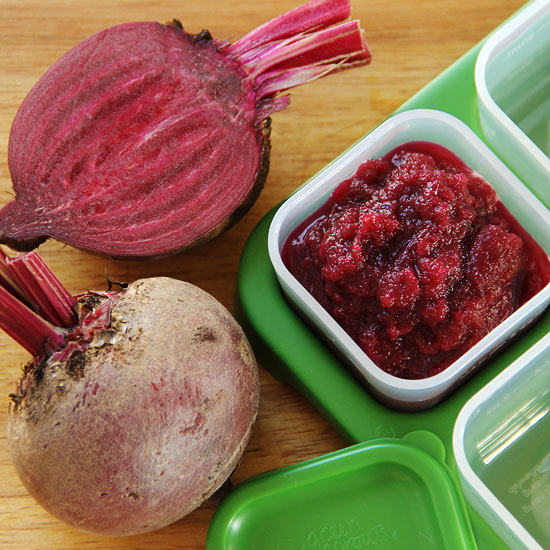
Step 6: Refrigerate or Freeze Leftover Beet Puree
Cool beet puree and refrigerate leftovers in BPA-free containers for up to three days. Freeze leftovers for up to three months. Thaw overnight in your refrigerator.
Note: Always check with your pediatrician before introducing your baby to a new food, particularly if your baby has food allergies. Additionally, some pediatricians do not recommend making your own carrot, beet, or spinach puree because these fresh veggies can be higher in nitrates.
Copyright © 2012 Meredith Corporation.
